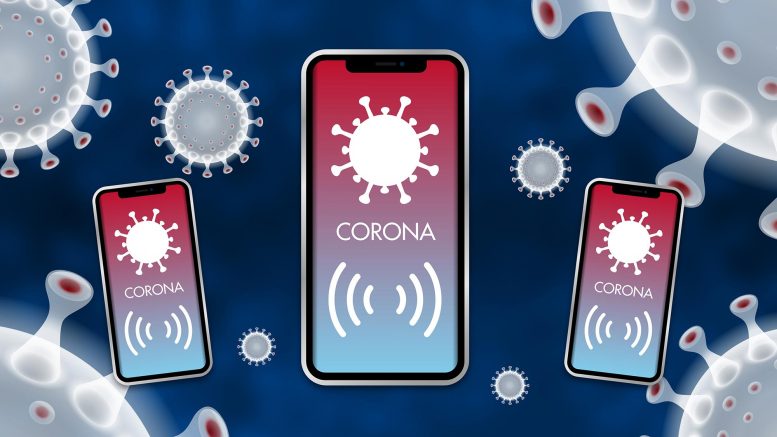The coronavirus test is expensive and people with low income avoid going to the laboratories to test for this disease. The smartphone may become the prompt way of finding the presence of coronavirus in the body. It may take limited time to find out the presence of the virus in the body. A sensor installed in the smartphone will do this job of detecting Covid-19.
According to the scientists, one needs not to go to the hospitals or laboratories rather the fluid from the throat or blood sample one adds to a label that’s sensitive to what one is looking for. If the sough-after substance is there, there is the reaction.
Read more: Cannabis plant extract could protect against COVID-19
This reaction generates a light, color, or electrical signal which the phone detects and interprets via camera or light sensors or through an electrochemical add-on device. Covid-19 results can be displayed on an app on the smartphone immediately communicated to the relevant authorities.
For Covid-19, existing labels could be adapted so that they could react to new materials such as SARS-CoV-2 genetic material or human antibodies against the virus. This sort of piggybacking on existing technology is already being suggested. Having these tests publicly available may be some time away. Most smartphone-based tests are currently in the proof-of-concept stage.
They still need to go through several rounds of testing with patients to prove that they really work. It can take a lot of time. For example, the mChip dongle-smartphone-based test for detecting HIV and syphilis-has been around since 2015. However, the second phase of trials testing the at-home use of this device was only completed in April 2020.
The results are pending and even if the results are good, there is still another phase of trials to go. Smartphone-based biosensors may prove extremely helpful for tracking Covid-19 spread. However, a tool with such potential for widespread use must be of very high quality in terms of performance.
Moreover, its full capabilities and shortcomings must be communicated to the public to minimize confusion. This could be achieved by clearly conveying the test’s limitations in the smartphone app.





















